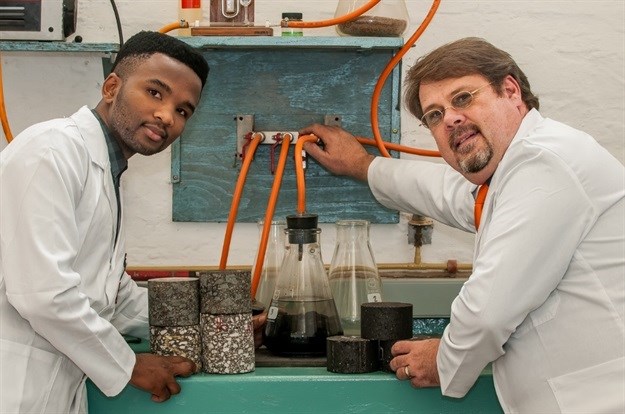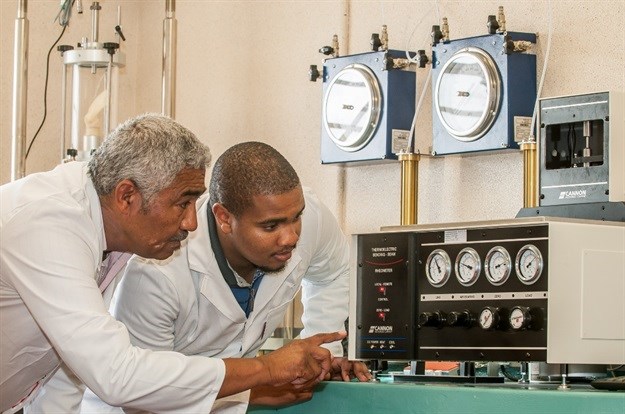
Top stories


Logistics & TransportIata urges global safeguards for aircraft systems as 5G/6G rollout continues
14 hours

AgricultureAgricultural exports from Africa are not doing well. Four ways to change that
Lilac Nachum 15 hours


SANRAL will adopt new specifications for the asphalt design mix and for bitumen. The new specifications are more geared towards a paradigm of scientific knowledge in comparison to the South African mechanistic pavement design method.

The new methodology that the agency is adopting will rely on temperature isotypes or temperature gradient regions in conjunction with the four classes of traffic volume over road surfaces to determine the bitumen design specifications. Bitumen is an essential product in road construction and repair.
The major benefit of pairing the bitumen with the specific requirements of the climatic area and the traffic loading is that the predictability of the longevity of the bitumen and subsequently, the road surface, can be better understood. From this understanding comes the ability to build roads that can last longer, which will save tax payers’ money in the long run.
SANRAL will also introduce a new asphalt design method.
“Historically, we have drawn on the empirical method. However, we have now put a lot of time into understanding the finite elements, and the new mix design method will be more scientifically-orientated,” said Sean Strydom, SANRAL southern region materials specialist.
The ability to analyse and predict what will happen in a structural element over time is the very basis of structural design. This ability is now within reach of the pavement engineer and the design of asphalt layers from the same principles as structural design will result in more cost effective road layers being constructed.
“SANRAL will introduce software drawing on the insight generated by sophisticated mathematical models for every material layer in the pavement, from the lower-level granular layers to the more expensive upper layers which is cement and bitumen stabilised layers. Up until now we have never looked at how these layers interact with each other,” Strydom said.
“The software will also allow us to conduct an HDM4 analysis or analysis of the lifecycle costs,” he said.
SANRAL also announced in March this year the opening of a new engineering materials laboratory that will see road materials from across the Eastern Cape now being tested in Port Elizabeth.
The facility will double up as a skills development centre where graduate engineers in SANRAL’s experiential learning programme can get exposure to, and focus on, materials engineering.

The civil engineering materials testing lab enables SANRAL to test the properties of construction materials used in road maintenance activities as well as in development and upgrading of the national roads. In addition it will give SANRAL a second-tier quality assessment tool through comparative or correlation tests done independently from, but concurrently with, the tests of site material labs conducted on conventional road engineering projects in the province.
“Road materials engineering remains a critical part of ensuring a world-class road infrastructure network. We are also excited by the new research being undertaken by Nelson Mandela Metropolitan University in terms of adding non-homogenous agents such as recycled tyre rubber in combination with polymer particles into the design mix,” he said.